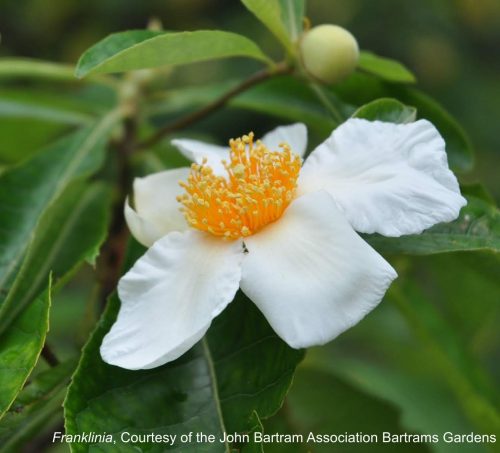Lost But Not Forgotten; Preventing Plant Extinction Events By Learning from the Past

- Thursday April 22, 2021
- 11:00 am - 12:00 pm
- Wesley Knapp
- Mountains Field Ecologist/Botanist
- NC Natural Heritage Program, Division of Land and Water Stewardship
- Audience: Teenagers and Adults
Extinction rates are expected to increase during the Anthropocene, yet current extinction rates of plants and many animals remain unknown. To assess vascular plant extinction rates in the continental United States and Canada, Knapp led a team of experts from across the country to assess and compile data on apparently extinct species by querying plant conservation databases, searching literature, and vetting the resulting list with botanical experts.
Because taxonomic opinion varies widely, they developed and utilized an Index of Taxonomic Uncertainty (ITU) to assess taxonomic merit. Their data suggest 65 taxa (51 species and 14 infraspecific taxa) representing 33 families and 49 genera have become extinct in their study area since European settlement. This figure represents a 109% increase over previously reported extinctions in the U.S. and Canada. Seven of these taxa exist in cultivation but are extinct in the wild.
They found most extinctions had occurred in western North America, but that disparity may reflect the timing of botanical exploration relative to settlement. Unexpectedly, 64% of extinct plants were restricted to a single site, and many occurred outside recognized biodiversity hotspots. A renewed and refocused effort utilizing in-situ and ex-situ techniques is needed to prevent future extinctions.



